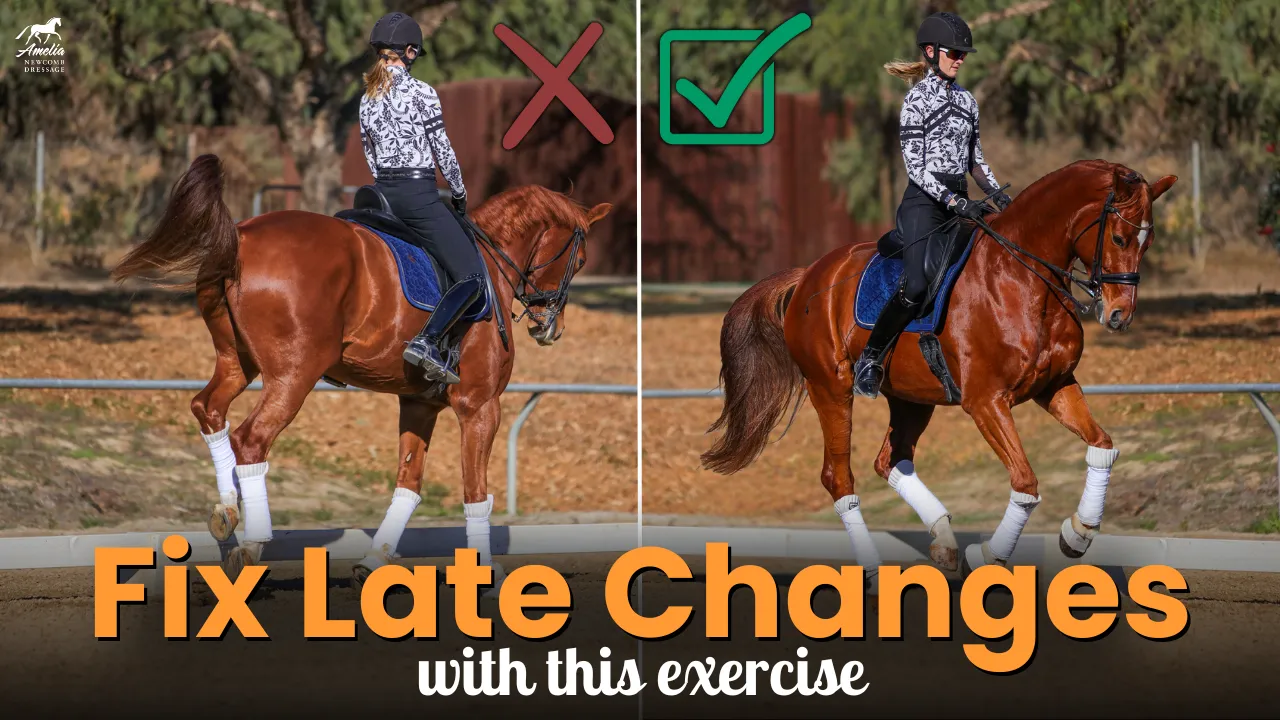Canter can be a challenging gait for some horses, particularly if they tend to get tense or rush. If you’ve mastered relaxation in the walk and trot but struggle with a fast, tense canter, you’re not alone. Here are some tips to help your horse relax and slow down in the canter.
Start with a Strong Foundation
Before tackling canter-specific issues, ensure that your horse:
- Understands bending aids: Work on circles and leg yields in trot to teach your horse to bend between your legs and respond to your aids.
- Accepts your leg aids: A horse that rushes when you apply your leg is reacting to tension. Use exercises like shoulder-in or lateral work to teach your horse to accept your legs calmly.
Ride from Your Seat
One of the most effective ways to regulate your horse’s speed in the canter is to use your seat and thighs, not your reins. Follow these steps:
- Deepen your seat: Sit tall and allow your seat to absorb the motion of the canter.
- Engage your core: A steady core helps signal your horse to maintain rhythm and balance.
- Breathe: Use slow, deliberate breaths to help your horse stay calm.
Circles and Transitions
Incorporate circles and transitions to improve your horse’s balance and focus:
- Circles: Riding smaller circles can naturally encourage your horse to slow down and engage their hindquarters.
- Canter-trot or canter-walk transitions: Frequent transitions encourage focus, balance, and responsiveness.
Use Groundwork to Reinforce Relaxation
If your horse struggles to find a slower rhythm under saddle, groundwork can help:
- Lunging or long-lining: Teach your horse to maintain a slower, relaxed canter on the lunge line. This removes the rider’s influence, allowing the horse to focus on balance.
Key Tips for Hot Horses
- Bend between your legs: Ensure your horse isn’t avoiding the outside leg or leaning on the shoulder.
- Don’t rush the process: If your horse has a history of tension in the canter, take the time to rebuild their confidence and understanding.
- Reward relaxation: When your horse slows down or offers a relaxed stride, release pressure and offer praise.
Final Thoughts
Helping your horse relax in the canter takes patience and persistence. By focusing on your position, using effective exercises, and prioritizing relaxation, you can create a calmer, more balanced canter for both you and your horse.
Happy Riding!
Amelia












































